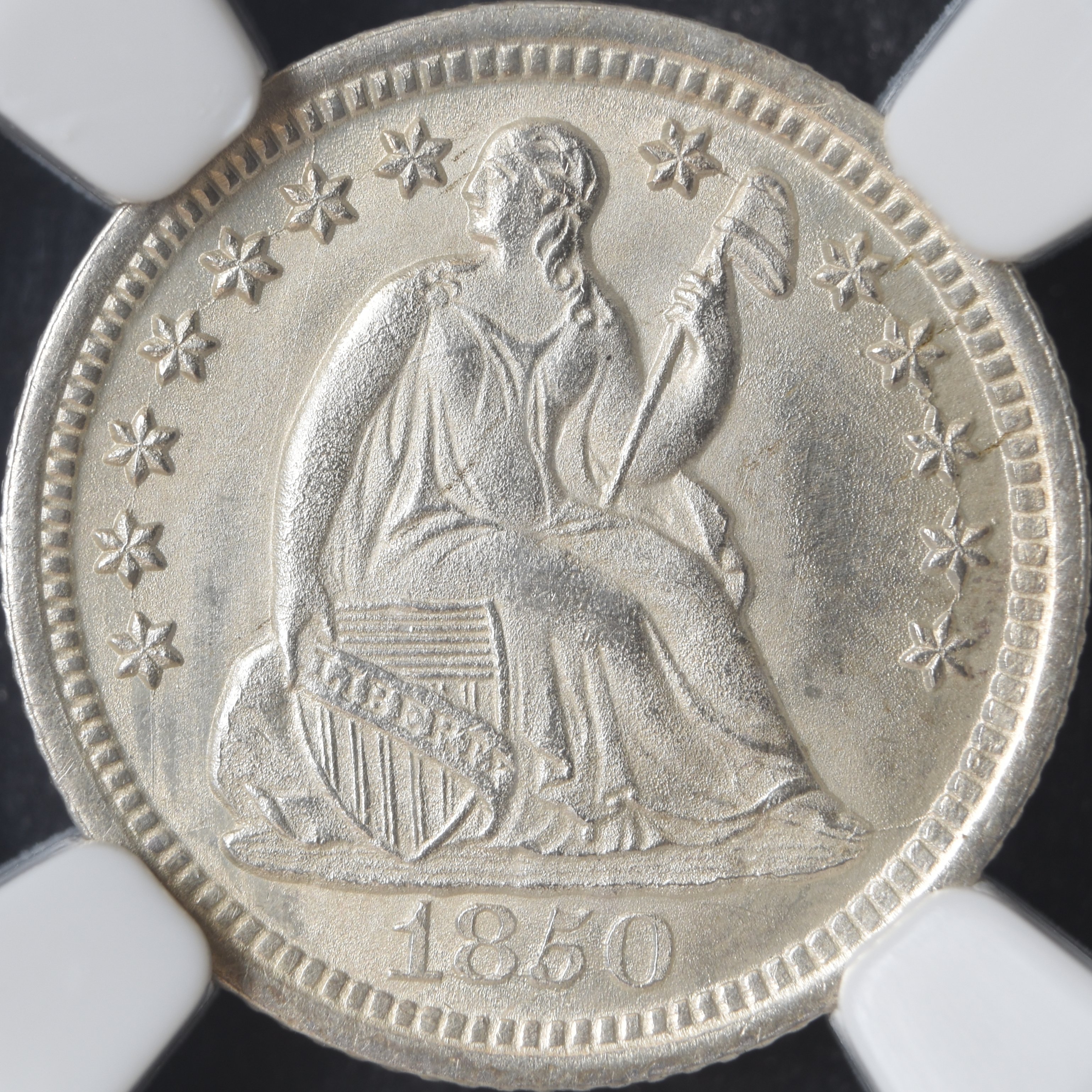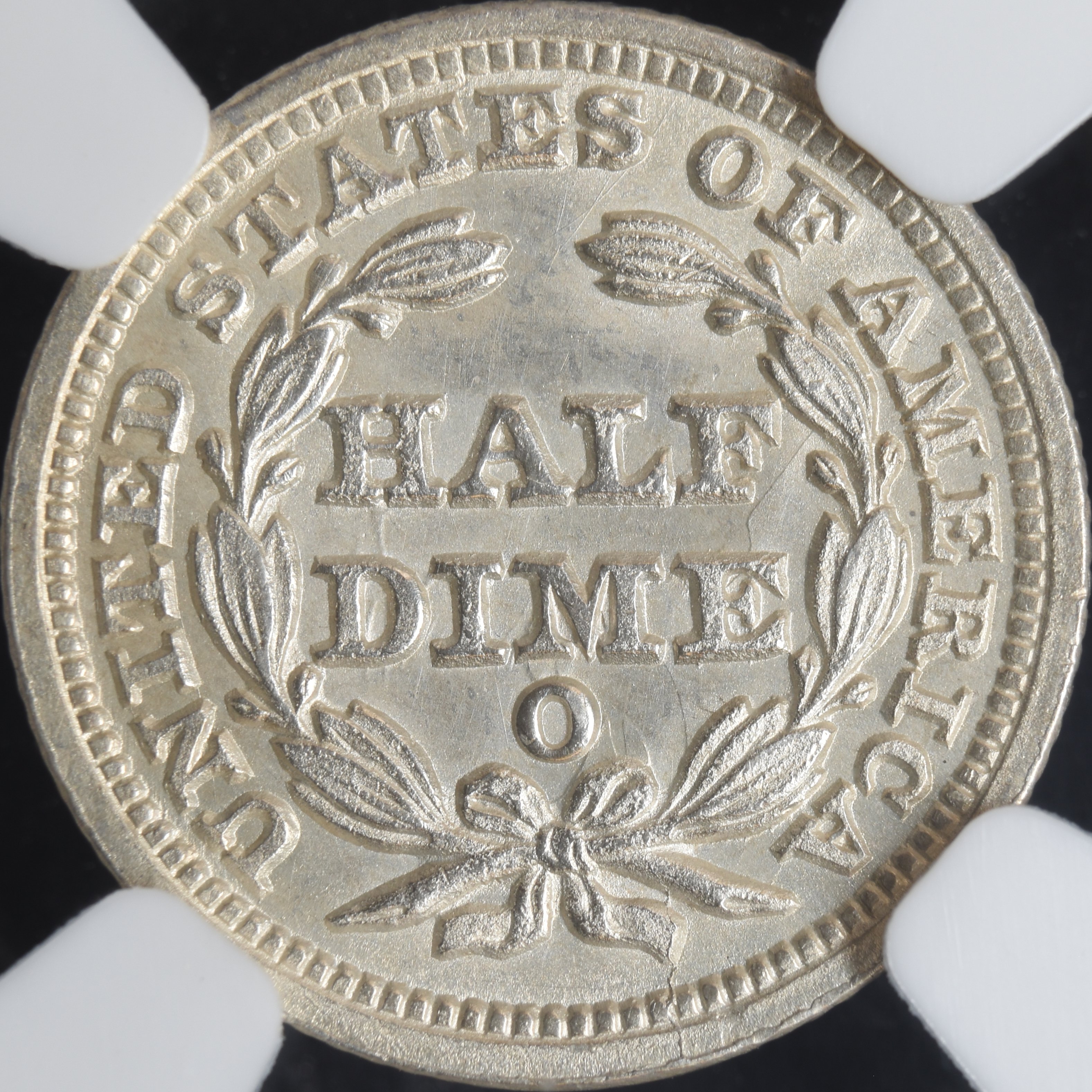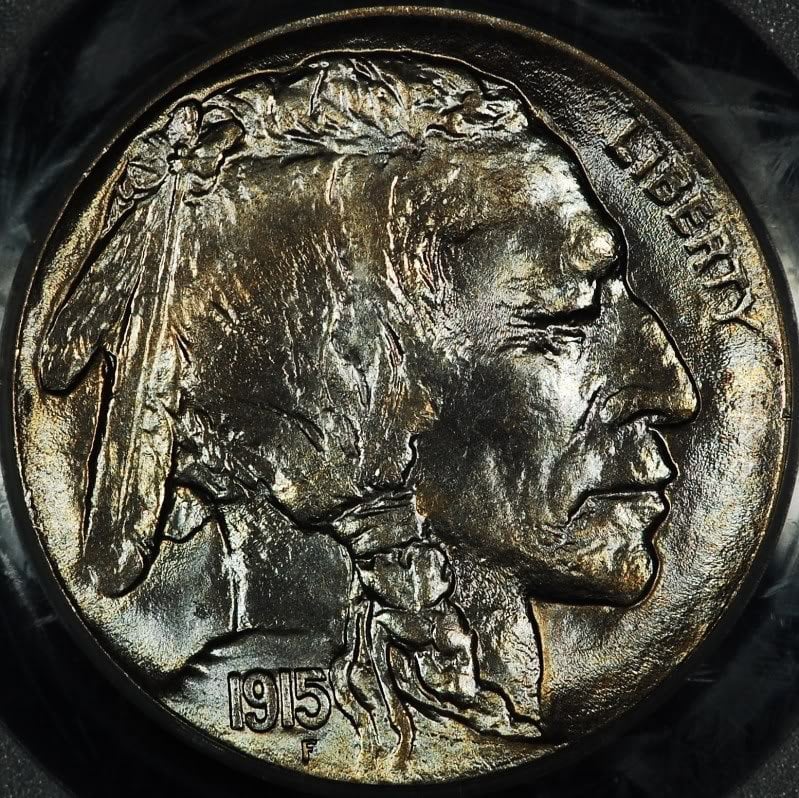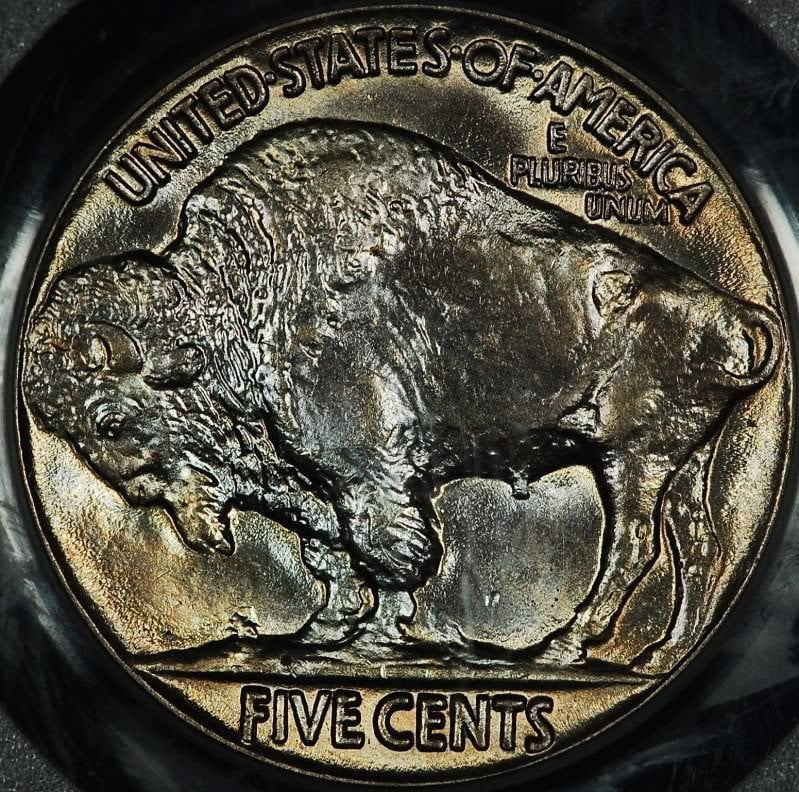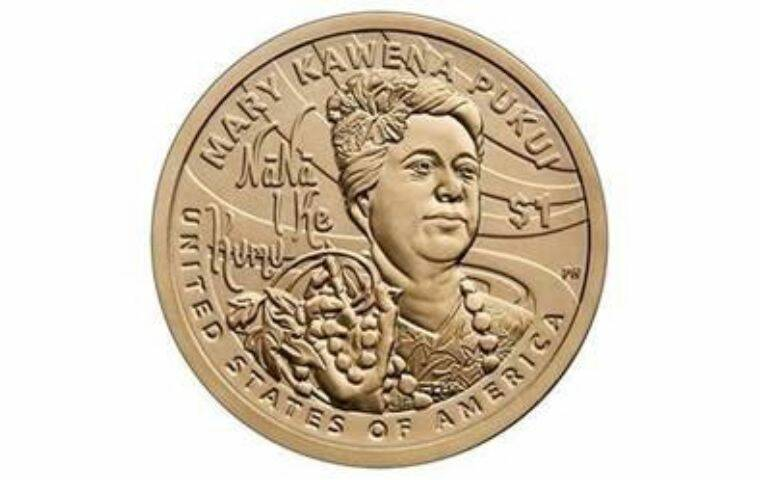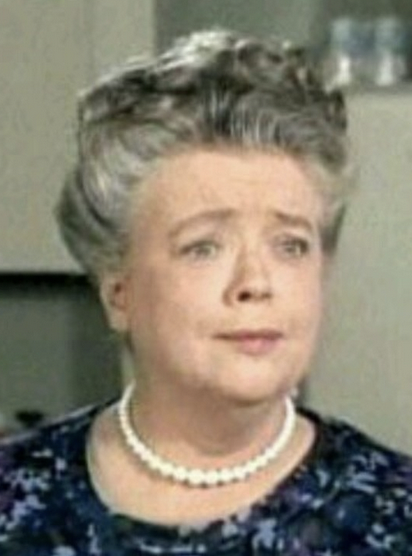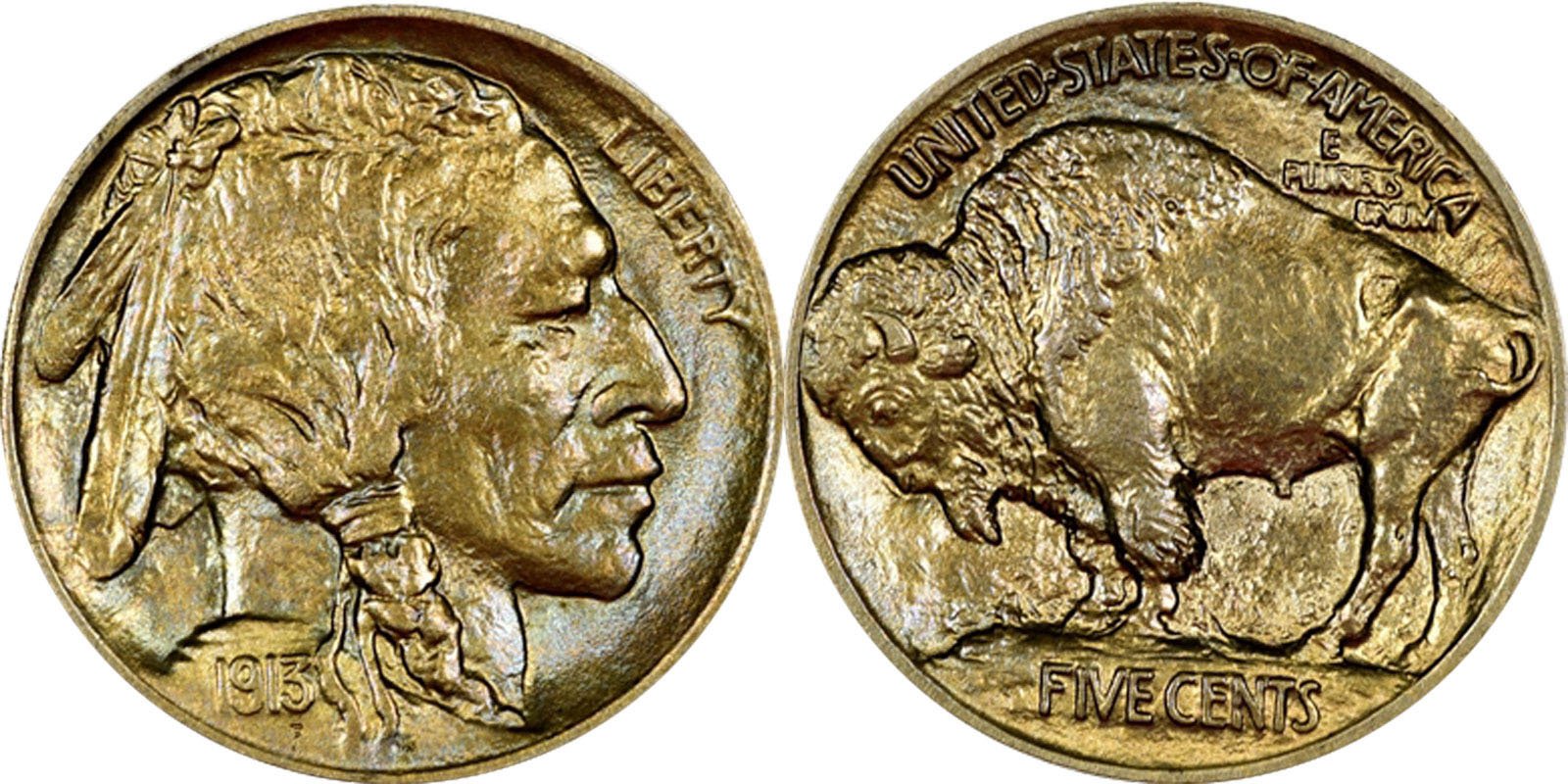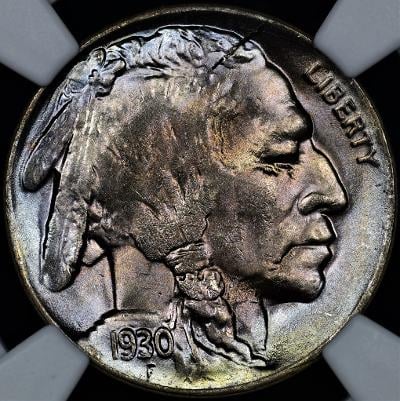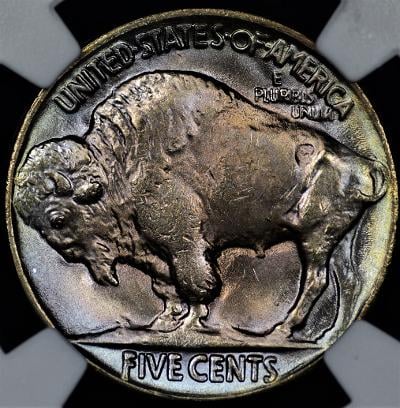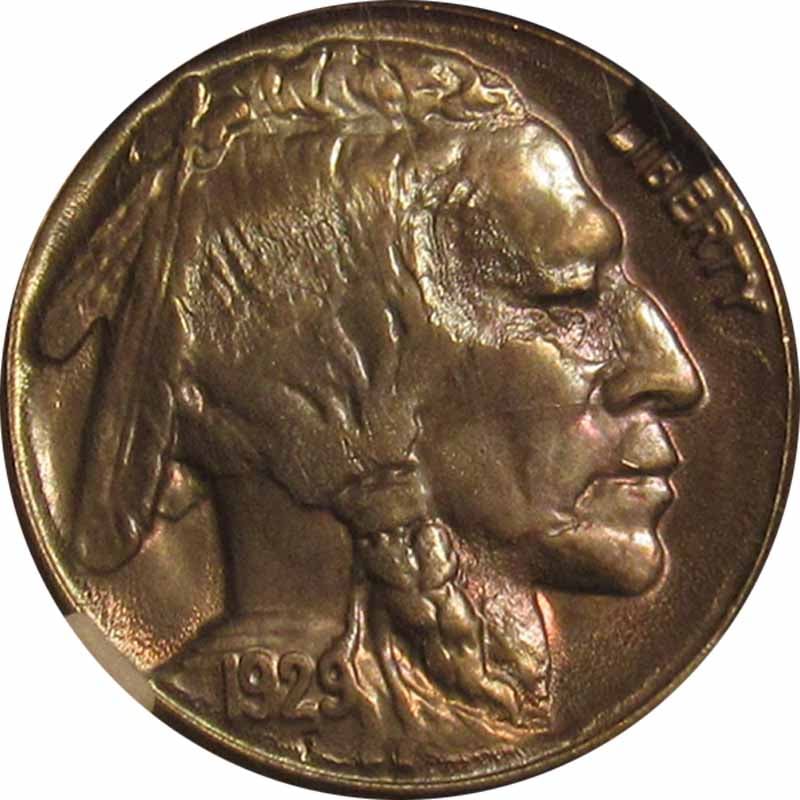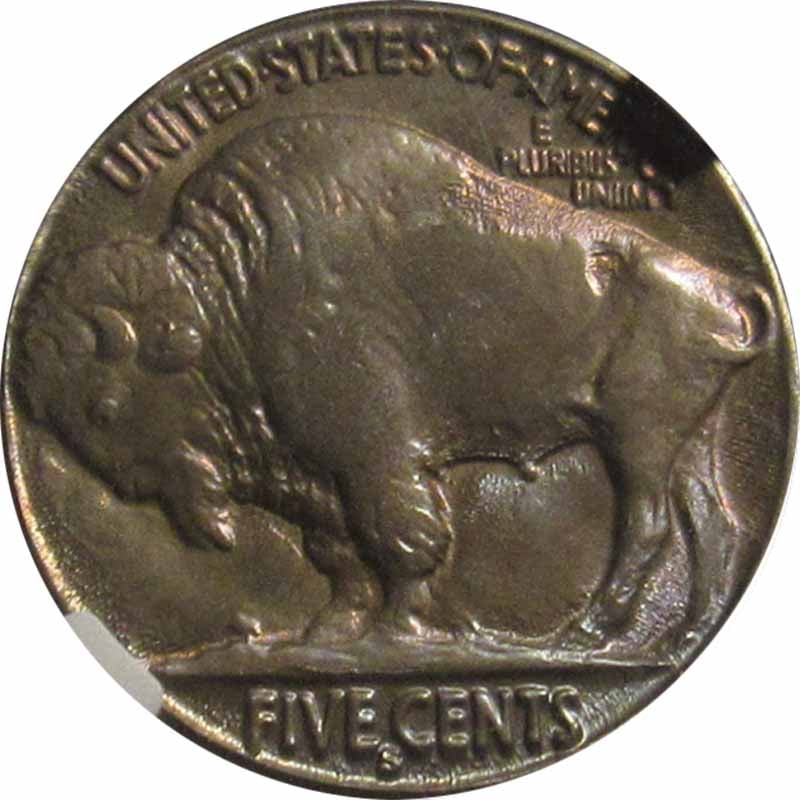Best Of
Re: Show me your Teletrade© coins
It was simply one of the best collector-friendly systems.
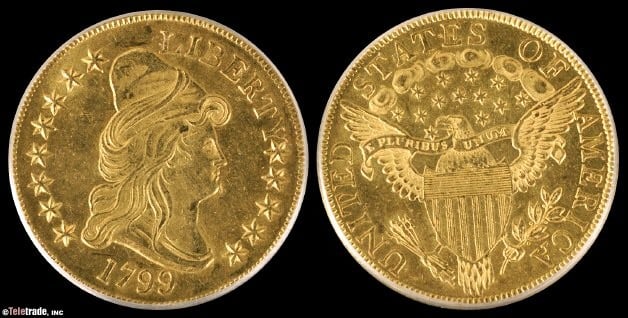
 logger7
logger7
Re: Show me your Teletrade© coins
Very fond memories of this purchase. Remember picking it up Christmas Eve day from PO. A particularly chilly morning I recall. Bought it as a 58 and it now resides in the 63 holder. 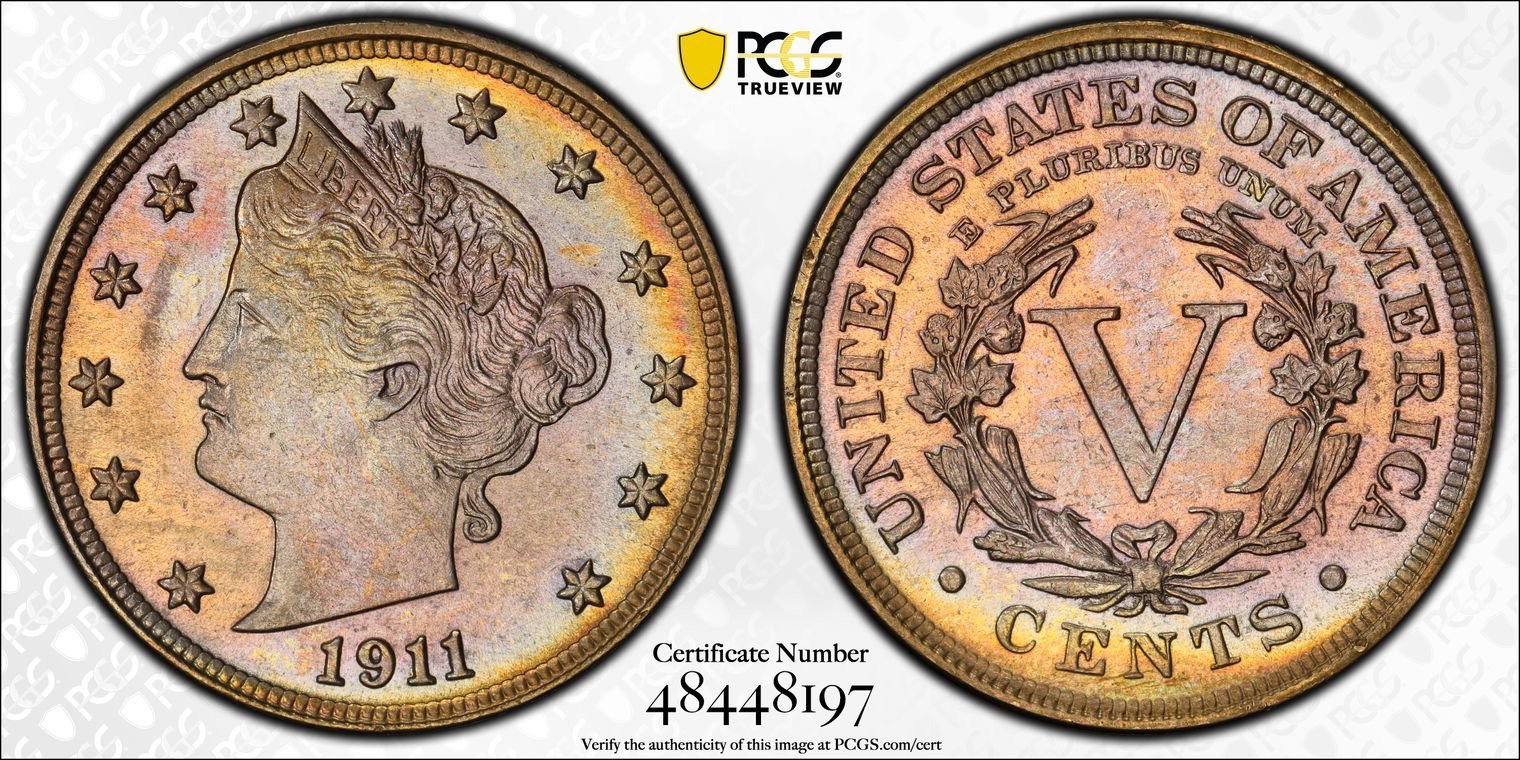
Re: Show me your Teletrade© coins
This coin was purchased from my most fruitful dealer 15 years ago. I traced it back to a Teletrade sale, back then, when their archives were still available. It’s a choice 1917 D reverse.
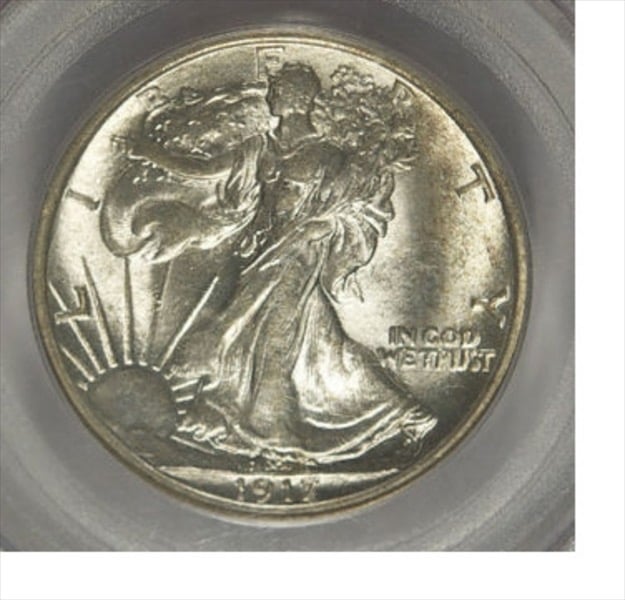
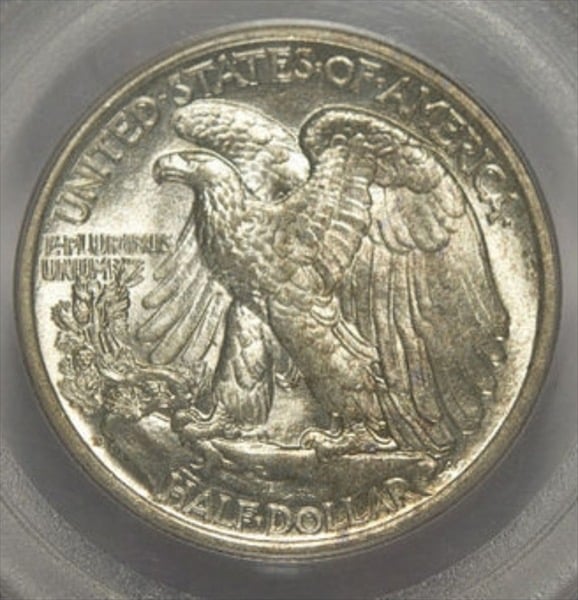
Re: Wisconsin quarter mystery solved...but another question
Nothing presented has come even remotely close to convincing me that these were intentionally made.
I run my own mint and I engrave, harden, and use dies all the time. So I have some experience with how these things can happen.
My opinion is (and I am quite certain of this) that the extra "leafs" were caused by incidental impacts from the end of a steel bolt. The crescent shape in the image below was created by lightly hammering the head of bolt while the end of that bolt was up against (and slightly tilted on) an un-hardened metal surface. The bolt I used was an extra one that came with my Denver Mint surplus coin press.
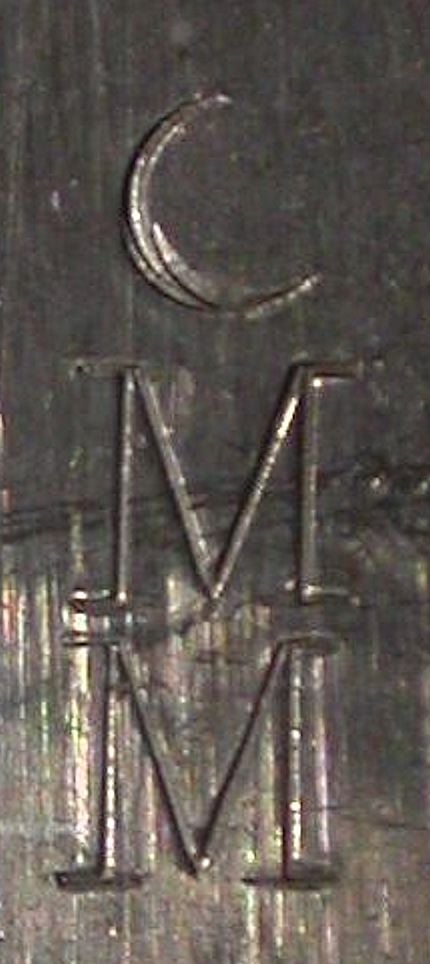
I believe these sorts of die mishaps occur fairly often. Most of the time, inspectors spot the damage and cull any damaged dies. But in the case of the "extra leaf" coins, the damage happened to fit in with the design and so the inspectors didn't notice it.
If you were an employee at the Denver Mint and you wanted to risk your job and freedom making a rare coin that you could profit from, there are far better (and potentially much more valuable) "errors" that could be made.
.
 dcarr
dcarr

